What is Garment Printing Plotter
Garment printing plotters are specialized machines designed for the printing of designs, patterns, or text directly onto fabrics or garments. They are essential tools for various industries, including fashion, textiles, and advertising, enabling precise and high-quality printing on different types of materials. These plotters work on the principle of computer numerical control (CNC), where a computer-aided design (CAD) file is used to guide the plotter's print head to create the desired pattern on the fabric or garment.
The users of garment printing plotters range from small business owners, such as tailor shops and boutique garment manufacturers, to large-scale production facilities, including apparel factories and commercial printing companies. These plotters are particularly valuable for businesses that require consistent and durable labeling or decoration for their products, such as sportswear, workwear, or uniforms.
Garment printing plotters operate by digitally controlling the plotter's head movement. The technology behind how they work is similar to that of standard plotters but with additional functionalities tailored to the specific needs of garment printing. For instance, some plotters can handle thicker materials or be equipped with specialized feeding systems to manage fabrics like denim or leather. This level of customization ensures that businesses can find a plotter that suits their specific production requirements.
Types of Garment Printing Plotter
The market offers a variety of garment printing plotters tailored to meet different needs and applications:
-
Direct-to-Garment (DTG) Printers: These are designed to print directly onto garments or fabric panels without the need for screens. DTG printers are popular for their ability to achieve complex designs with a high level of detail and color accuracy. They are commonly used by small businesses and custom apparel shops for custom orders.
-
Sublimation Printers: Sublimation printers use heat to transfer dye onto the material. Ideal for polyester fabrics, sublimation printing produces high-definition images that are rich in color. This makes them suitable for producing vibrant sportswear, uniforms, and customized clothing items.
-
Screen Printers: Screen printing involves the use of a mesh screen to transfer ink onto the material. It's often used for simple designs and can be applied to a wide range of textiles from t-shirts to tote bags.
-
Heat Transfer Printers: These work by transferring heat onto a material, which then binds the pigment. Heat transfer printers are versatile and can be used on various materials including ceramic tiles and polyester textiles.
-
Large Format Printers: For industrial-scale garment printing or large banners, large format printers are used. These machines can handle wide materials and are often found in manufacturing plants or advertising companies.
How to choose Garment Printing Plotter
Choosing the right garment printing plotter involves assessing the specific requirements of your business operations. Consider factors like the volume of production, types of garments being printed, available space within your facility, and desired output quality.
For high-volume production runs, an industrial-level plotter with fast print speeds and long service life may be necessary. Businesses dealing with small-scale or custom orders might find desktop-sized or handheld plotters more cost-effective and flexible for managing variable designs.
The type of garments you work with also dictates your choice; for example, vinyl cutters might be preferable for simple designs on T-shirts whereas direct-to-garment or dye sublimation printers could be more suitable for detailed or photographic printing on various apparel.
Additionally, consider after-sales support provided by suppliers—whether they offer online technical support or field maintenance services can make a significant difference in managing your printer's performance over time.
By evaluating these considerations against your business needs and leveraging Alibaba.com's wide selection of suppliers offering diverse options in terms of product features and support services, you can make an informed decision that aligns with your operational objectives.
About Garment Printing Plotter on Alibaba.com
Alibaba.com is an expansive marketplace connecting businesses with a wide array of garment printing plotters suited to various commercial needs. The platform's extensive selection allows buyers to find precisely what they need—be it for intricate pattern work or large-scale production runs. With machines tailored for efficiency and precision, Alibaba.com facilitates the creation of high-quality printed garments at a commercial scale.
The ease of doing business on Alibaba.com is enhanced through services like Trade Assurance which ensures payment protection until order fulfillment. Additionally, with suppliers from around the globe showcasing their products on the platform, buyers have access to cutting-edge technologies and innovations in garment printing that may not be readily available locally.
For businesses seeking tailored solutions, Alibaba.com offers an advantage by connecting them with suppliers who can provide customized equipment options. Whether it's modifications to meet specific production requirements or specialized machinery for unique applications, Alibaba.com's network allows businesses to source their operational needs efficiently. With its commitment to facilitating international trade and helping small to medium-sized businesses thrive in global markets, Alibaba.com stands out as a reliable source for wholesale garment printing plotters.
Common FAQs for Garment Printing Plotter
What is a garment printing plotter used for?
A garment printing plotter is used to create detailed designs on various types of fabric, primarily on clothing such as t-shirts, uniforms, and other textiles using different printing techniques like digital printing or heat transfer printing.
How does a digital garment printing plotter work?
A digital garment printing plotter works by using digital printing technology to reproduce designs directly onto textiles, similar to how an inkjet printer prints onto paper, but with more precision and the ability to work on different types of fabric.
What types of fabric can be printed with a garment printing plotter?
A garment printing plotter can print on a wide range of fabrics including cotton, polyester, blends, and other textiles, as long as they are compatible with the printing technique used.
Can garment printing plotters handle large-scale printing jobs?
Industrial garment printing plotters are designed to handle large-scale printing jobs and are typically equipped with software that allows for the digital transfer of complex designs onto textiles.
Are there different printing techniques available for garment printing plotters?
Yes, there are various printing techniques available including sublimation, digital printing, and heat transfer printing. The choice of technique depends on the fabric type and the desired outcome.
How do I select the right type of ink for my garment printing plotter?
The choice of ink depends on the fabric material and the printing technique being used. Inks must be compatible with the fabric and chosen printing method.
What should I consider when choosing the plotter's software?
Consider the compatibility of the software with your design files, the user-friendliness of the interface, and whether it offers features like variable printing or color management.
Can garment printing plotters handle multi-color designs?
Yes, digital garment printing plotter are equipped to handle designs with multiple colors and complex patterns. However, the quality and durability of the print may vary based on the model and the type of fabric being used.
How do I know if a plotter can print graphics and text on a specific type of fabric?
Not all plotters are suitable for all fabrics. Check the specifications of the plotter to ensure it is compatible with the fabrics you plan to work with, such as cotton, polyester, or blends.
What kind of maintenance does a garment printing plotter require?
Regular maintenance for a garment printing plotter includes cleaning the printer's rollers and media guides, checking and adjusting the print heads, and ensuring the software is up to date.
Can I use a garment printing plotter for small-scale or home-based printing businesses?
Yes, there are many small-scale or home-based businesses that utilize garment printing plotters. These are ideal for customization services or boutique apparel lines.
Are there after-sales support services available for garment printing plotters?
After-sales support services vary by supplier but can include video technical support, online support, field maintenance and repair services, and spare parts. It's important to clarify what support is available before making a purchase.


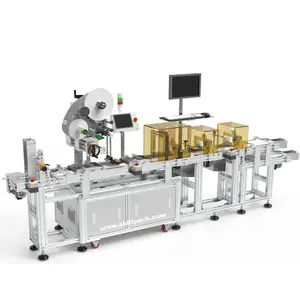



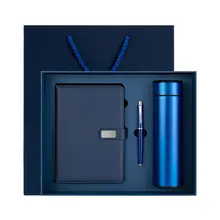






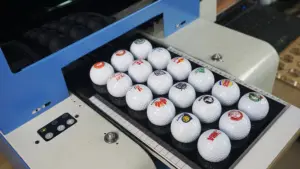

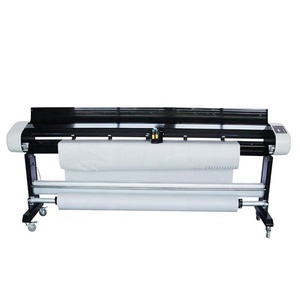

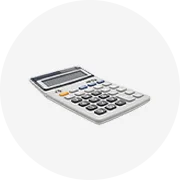
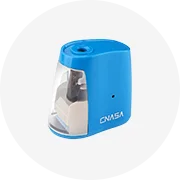
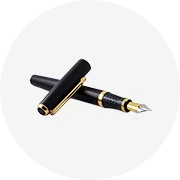
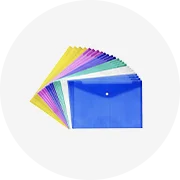
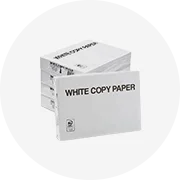
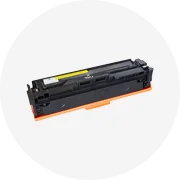
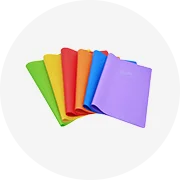
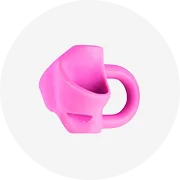
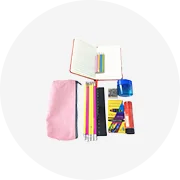
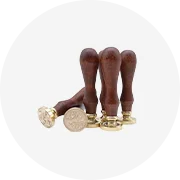
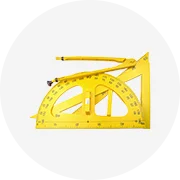

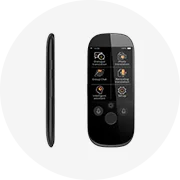

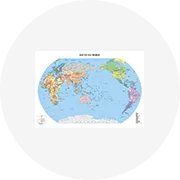









 浙公网安备 33010002000092号
浙公网安备 33010002000092号 浙B2-20120091-4
浙B2-20120091-4